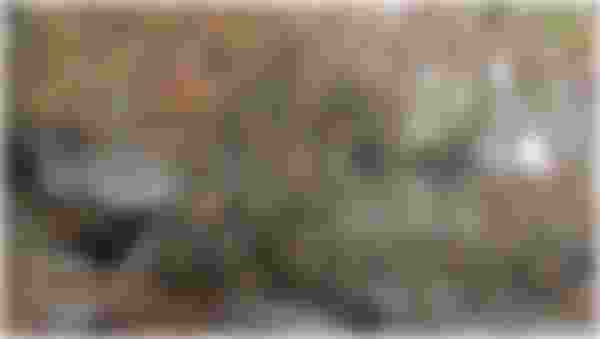Station S
A bay divided • High and dry • Giant Poison Ivy (M0.0)

Three different aquatic environments resulted from the construction of the breakwater in the late 1960’s (see aerial photos in Resources under Culture). The causeway linking the mainland with the breakwater separates North Cove from South Cove. The breakwater separates the two coves from the Providence River. The three bodies of water vary in depth, salinity, degree of tidal inundation, and exposure to wind (see ESS report in Resources under Habitats).
More >
North Cove is the least saline because it receives fresh water from storm drains and the Pawtuxet River. Moreover, its tidal exchange is limited by the northern arm of the breakwater. The water level changes between high and low tides, but not drastically, and a relatively small area of the substratum near the causeway is exposed at low tide.
South Cove has less freshwater input compared to North Cove. Whatever runoff comes down the slope from Narragansett Parkway is absorbed before reaching the marshy shoreline. The change in water level is substantial between high and low tides, and a large expanse of the muddy substratum near the causeway is exposed during the lowest of low tides.
East of the breakwater, the Providence River is the deepest, most windswept, and most tidally influenced of the three bodies of water. The passage of small motor boats as well as large container ships creates turbulence even on the calmest days.
More >
Have a peek around the corner. It is very surprising that a patch of sessile-leaved bellwort occurs at the gravely base of what used to be a rubble pile facing South Cove. Bellworts are usually found in woodland understory! They propagate by underground stolons so it's hard to figure how this clump got here.
Another unexpected find at this exposed and wind-swept spot is the green ash because it is a tree usually associated with moist bottomland. Adding to the wonder, there's a male green ash even further away, at the junction of the causeway and breakwater. Both trees are probably offspring of the giant green ash in the swale north of the parking lot.
Do you want to see a really large poison ivy plant?
More >
Just around the corner along the Marsh Trail is probably the largest poison ivy you will ever see. It is a voluminous 10-feet tall shrub growing out of the rubble pile at about M0.5.

